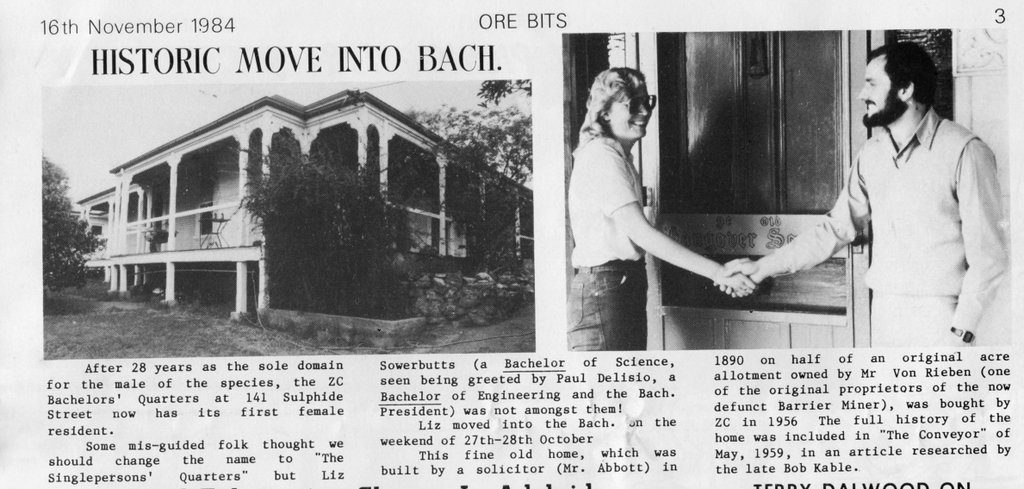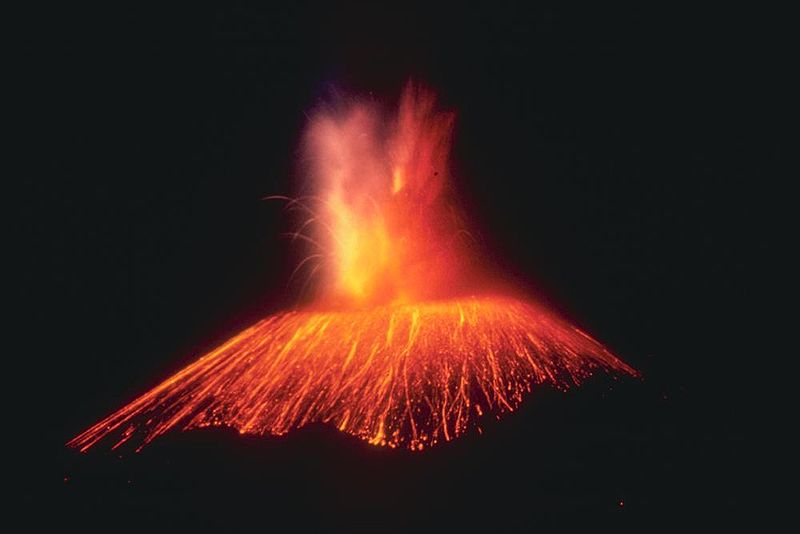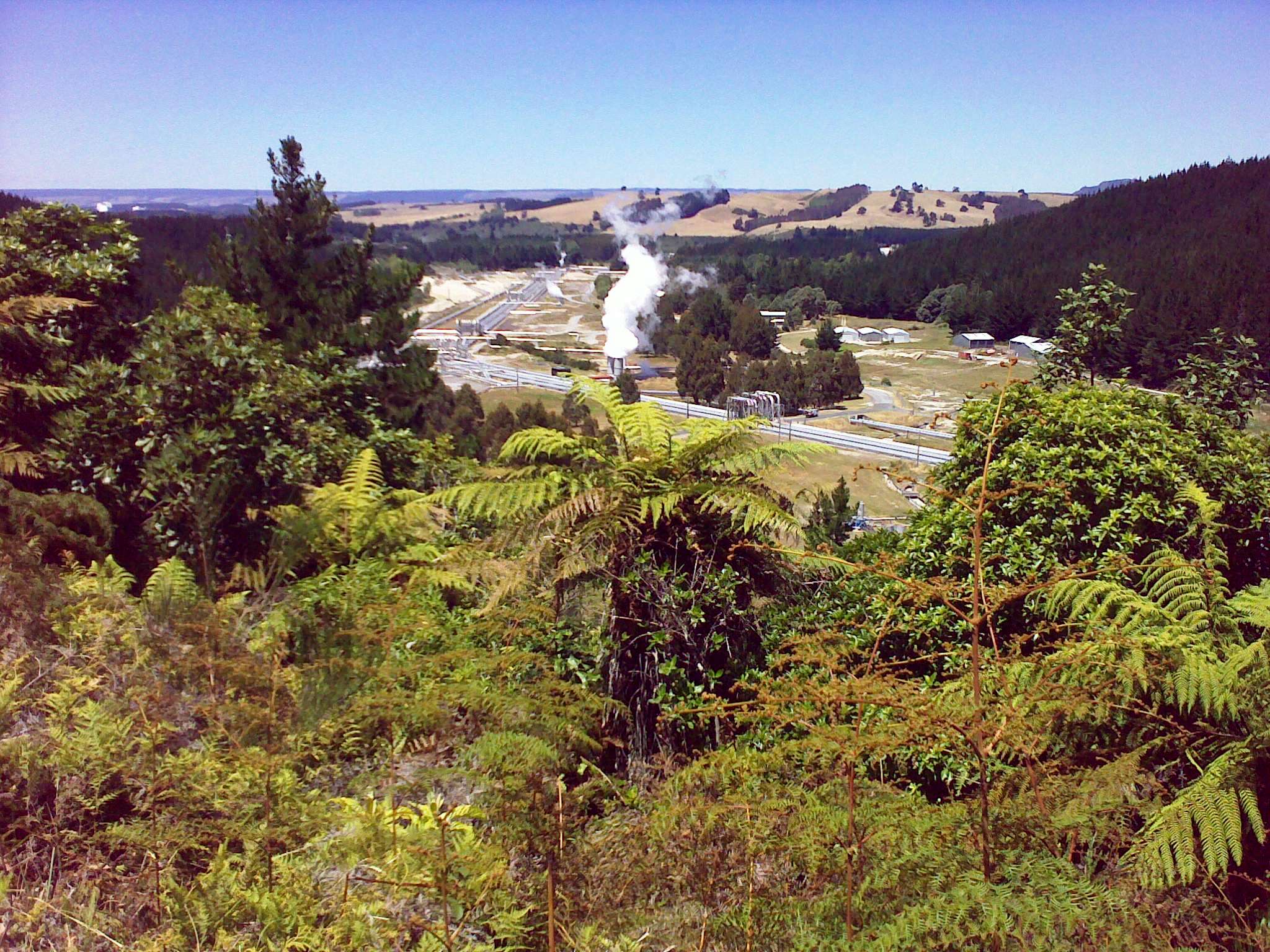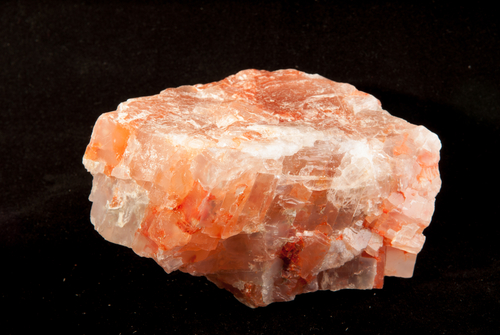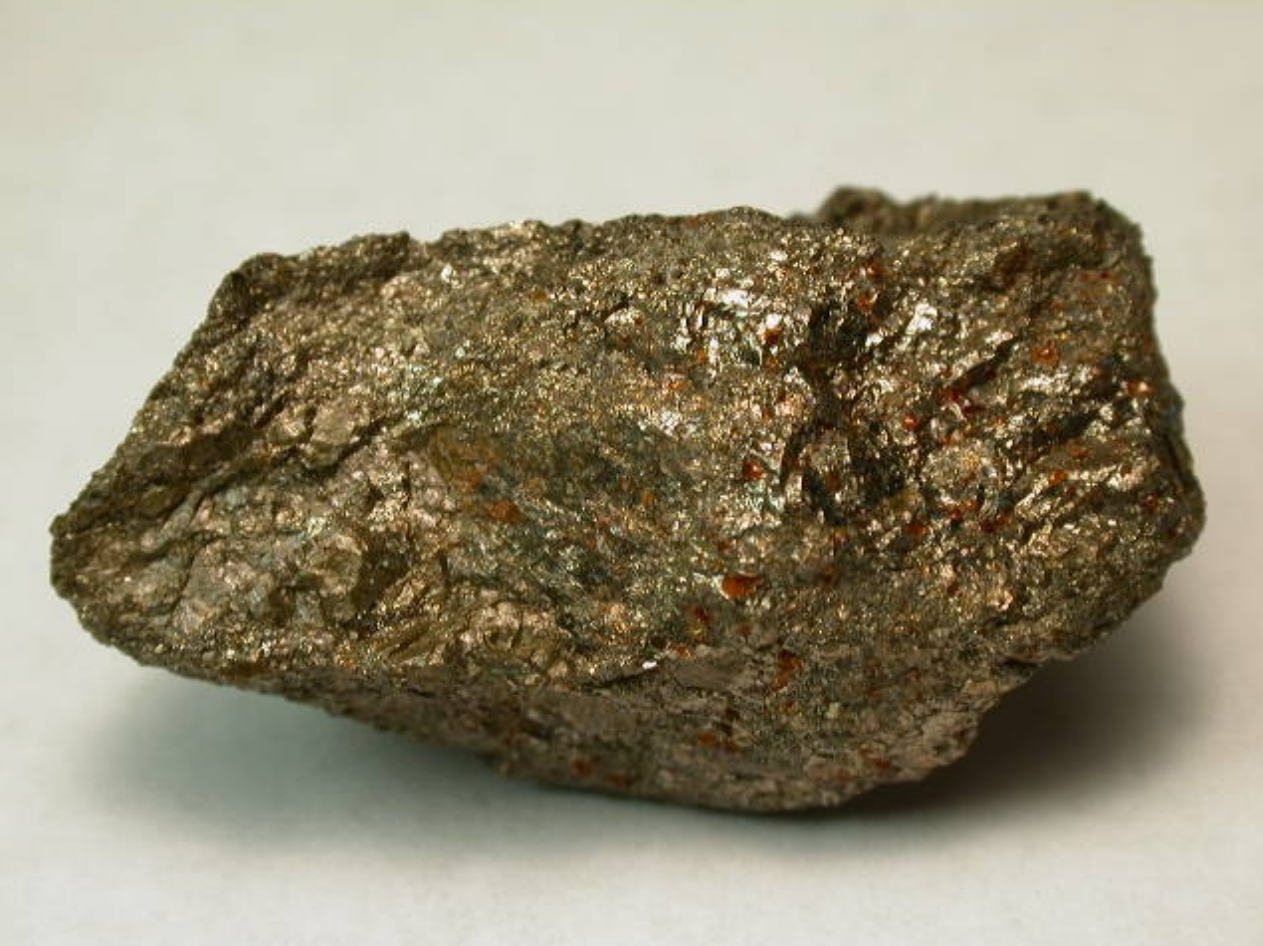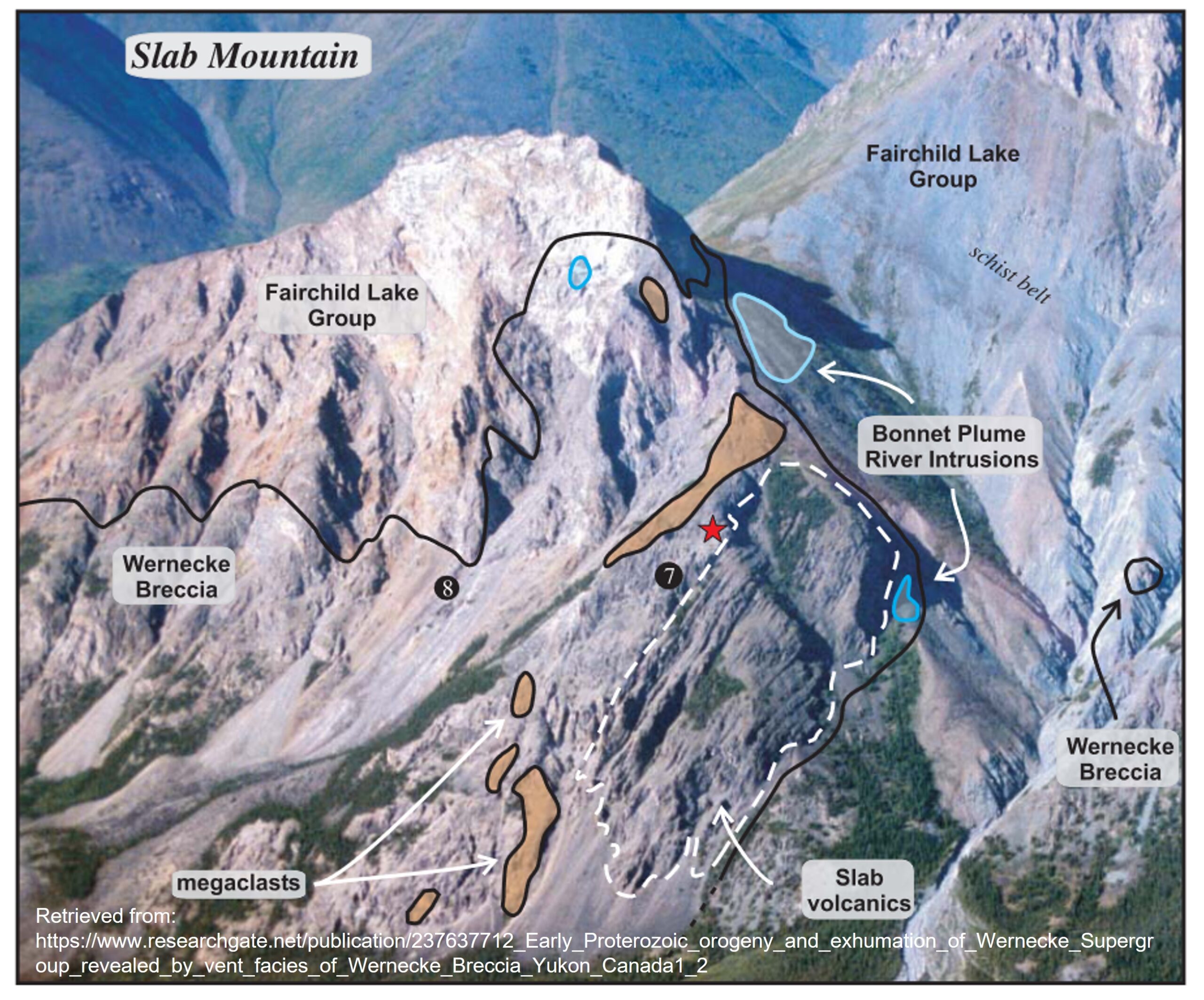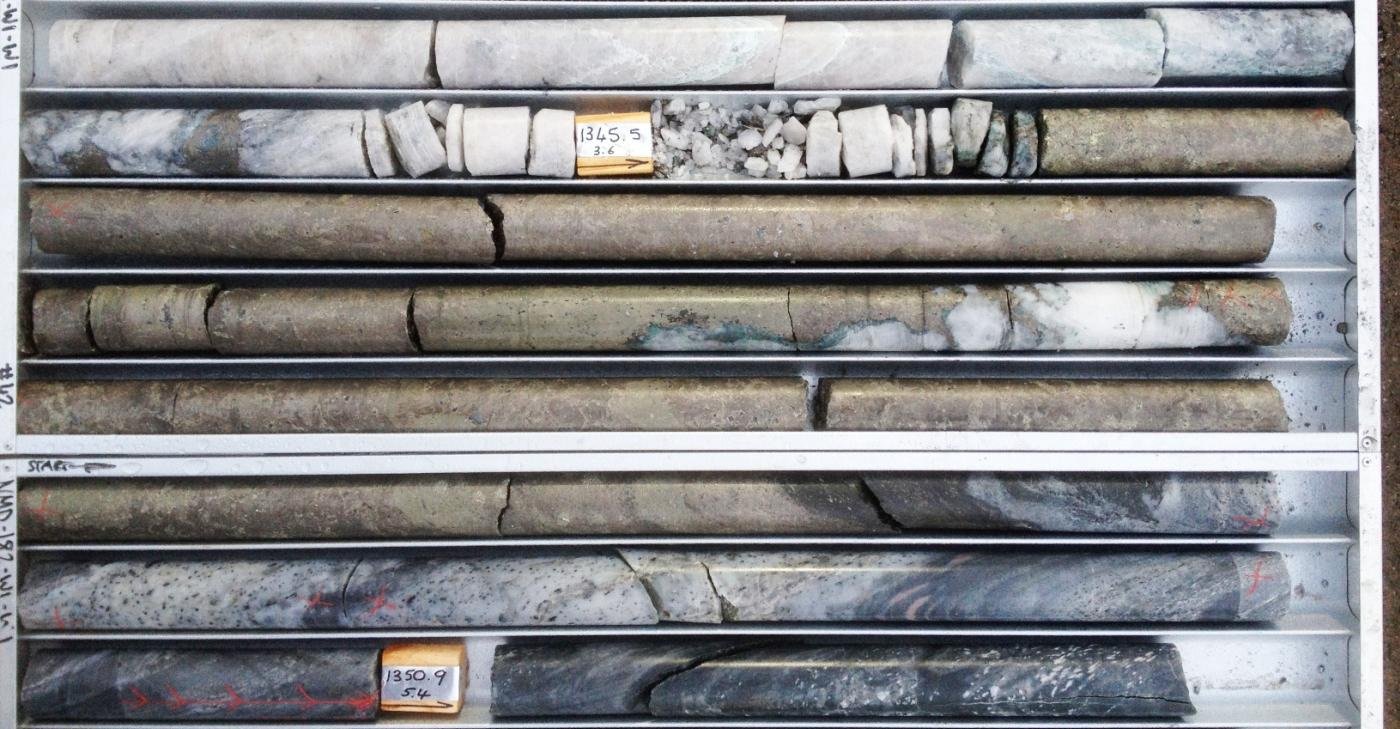It is well known that the human need for exploration has driven invention, and perhaps none more so that the activities of NASA in space. From the temper foam in your mattress to your cordless vacuum and scratch resistant lenses, all of these have been created in some way by research and development at one of the worlds leading innovators.
But now with the ability to get privately owned enterprises into space, many smaller companies are coming up with creative solutions to problems. One of the most exciting prospects is the mining of asteroids for raw materials, but the logistics is still tough; how do we get all that equipment up there to extract the materials of interest?
Thinking Small
Deep Space Industries (DSI) is coming up with a creative solution: microbial miners.
DSI has embarked on a study to investigate the feasibility of injecting bioengineered microbes into asteroids, that over a period of a few decades would ‘naturally’ pre-process materials into more easily recoverable states.
The idea of using microbes to recover metals is not a new one – we have been doing it in Earth-bound industrial settings for years, and nature has been doing it for aeons, The new challenge here is to create strains that can survive the hostile environment of space.
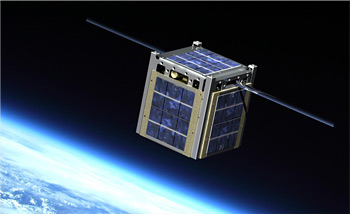
DSI plans on launching a ‘mothership’ containing ‘Cubesats’ which would deploy around an asteroid and spiral down to its surface. They would then inject a microbe-loaded low temperature fluid into the body of the space rock to begin a chemical process that breaks down compounds into extractable materials.
Although this is a slow process, taking a few decades, it is essentially ‘free’ (once the payload is delivered). There is no need to launch heavy mechanical processing units from Earth, no risk of technological failure and no need for constant monitoring / telemetry. If this works, it could radically alter the current models for the economics of Deep Space mining, as well as the chance to produce materials for use in colonization.
Once the process is complete, then more conventional (or still to be invented) technologies can be deployed to collect the material and deliver the payload to Earth.
Choosing The Right Asteroid
Not every asteroid will be a target, in the way that not every mountain on Earth has the potential to be a mine. DSI is studying a slew of near-Earth asteroids (NEA’s) to see which are ‘habitable’ for microbial life. Ideally this would be a rock with an interior temperature between 5ºC and 100ºC, but those in the 15ºC to 45ºC are especially sought after. Of 11,000 NEA’s studied so far, approximately 2,800 are viable candidates.
DSI has requested the funding to study how well microbes cope in a vacuum, and it seems that this money will be forthcoming.
These studies are not only a boon to ‘extreme’ mining, but to space science altogether. Even if the study fails to find suitable microbes, it will explore the limits of life and possibly shed more light on the possibility of life in space, from Europa’s frozen oceans to the theory of Panspermia. Even if you are not pro-mining or are nervous about playing with asteroids in space, the potential benefits from these kinds of studies can provide massive insights into life itself.
You can find out more about Deep Space Industries through their website: www.deepspaceindustries.com
Subscribe for Email Updates

